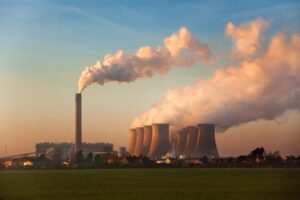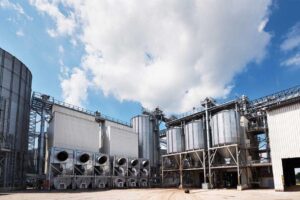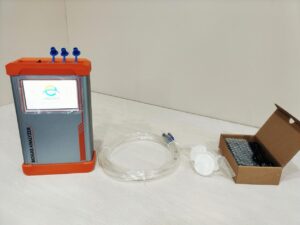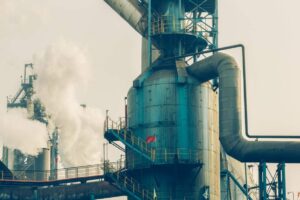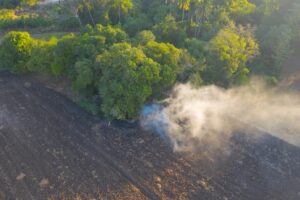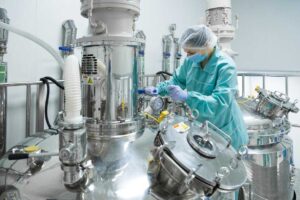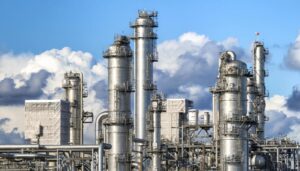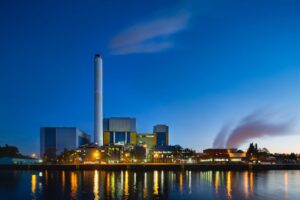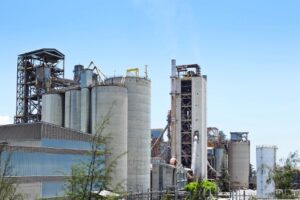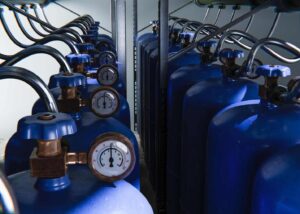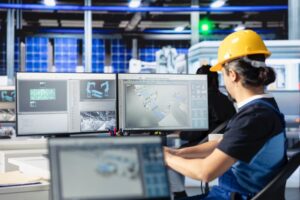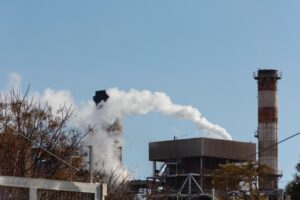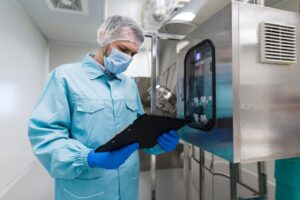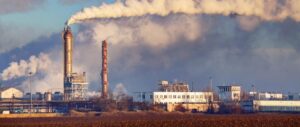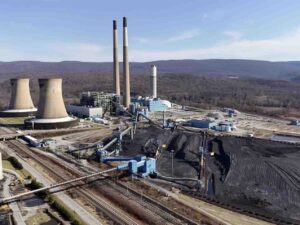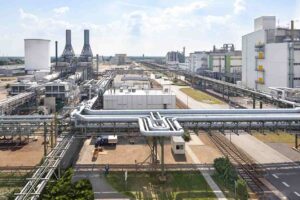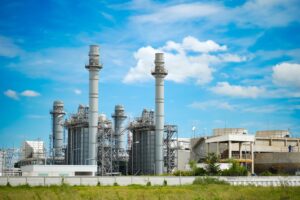In modern industrial production systems, gas analyzers serve as core detection equipment, with functions spanning from process parameter optimization to full-chain safety management. These applications can be categorized into four key areas:
- Real-time monitoring of reaction gas concentration to realize dynamic control of production process;
- Establish a flammable/toxic gas concentration threshold warning mechanism to ensure the safety of operation;
- It plays a key role in raw material purity detection and new product formula research and development;
- Provide accurate data support for energy consumption audit and carbon emission reduction.
It is worth noting that the equipment selection decision directly affects the system performance. Improper selection will lead to equipment compatibility failure, operation and maintenance cost increase and other operational difficulties. In extreme cases, it may lead to major safety accidents.
Looking for the right gas analyzer but unsure how to choose? ESEGAS helps you make the right choice quickly!
Request Confirmation
Instrument Parameters Confirmation
Confirm explosion-proof area
Explosive gas environment hazard area classification system:
- Zone 0
This area is characterized by the persistent presence or long-term accumulation of explosive gas mixtures, with an annual average hazardous exposure time exceeding 1,000 hours. Typical scenarios include enclosed container interiors, liquid surface spaces in tanks not filled with inert gas, and other continuous release source areas.
- Zone 1
Explosive gases may occur periodically or occasionally in the normal operation state of the equipment, and the average annual dangerous exposure time is 10 to 1000 hours. It is commonly found in the areas of pump valve sealing, process pipeline flange and other first-level release sources.
- Zone 2
Under normal working conditions, explosive gases are rarely generated, and only exist briefly when the equipment is abnormal (average annual hazardous exposure 0.1-10 hours). For example, the safety valve discharge port, sampling points that are not frequently operated, and other secondary release source areas.
Confirm the measurement gas
Commonly measured gases are:
CO、CO2、CH4、H2、Ar、O2、SO2、NO、HF、HCL、H2S、NH3、C2H2
Background gas is required to prevent cross-interference
Confirm the output signal
The output signals are available in RS485 and 4-20mA formats.
Confirm the explosion-proof zone and instrument parameters on site
Confirm pre-processing parameters
Gas temperature is divided into:
<4℃、4-25℃、25-30℃、>70℃
Gas pressure is divided into:
Negative pressure, <5 kPa, 5-50 kPa,>50 kPa
Dust concentration is divided into:
<50mg/m3、50-400mg/m3、>400mg/m3
Water content is divided into:
<10%vol、10-50%vol、>50%vol
Configure the corresponding pretreatment device according to the above different working conditions
Confirm your actual site conditions
Confirm the on-site installation environment
Sampling locations are divided into:
Centrifuges/Reactors, flue pipes, pipelines, laboratories, kilns
On-site air sources are divided into:
Compressed nitrogen, compressed air, gas consumption, steam
The power supply voltage is divided into:
24VDC、220VAC
Confirm your on-site installation environment
Instrument Selection
Laser Analyzer
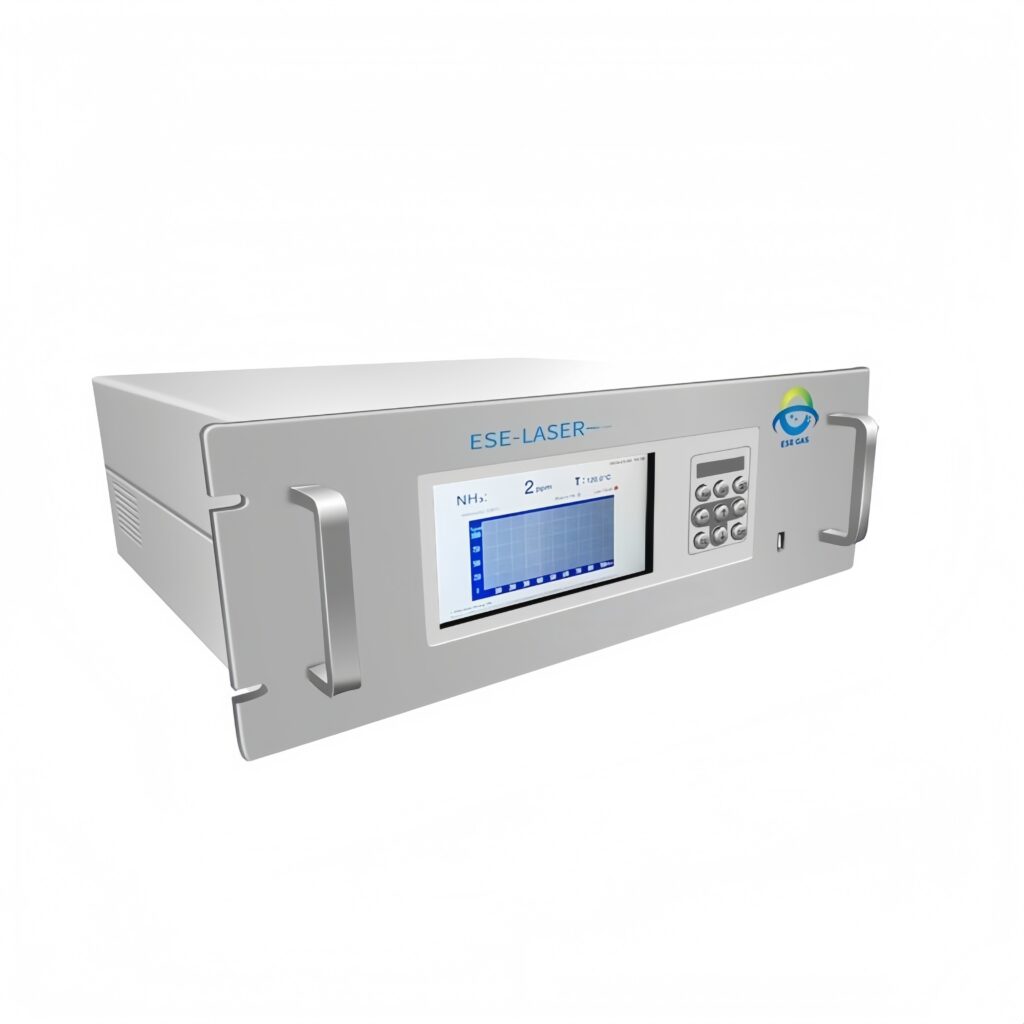
Principle: The laser-based oxygen analyzer employs Tunable Diode Laser Absorption Spectroscopy (TDLAS) to measure oxygen concentration.
Optional gases to measure: O₂ CO CO₂ CH4 HF HCl HS NH3 C₂H2, etc.
Accuracy:2%FS/1%FS
Linear measurement: High
Response time: T90 <1S
Service life: long
Maintenance: ≤2 times/year, clean optical window
Anti-jamming: Strong
Stability: High
Infrared Analyzer
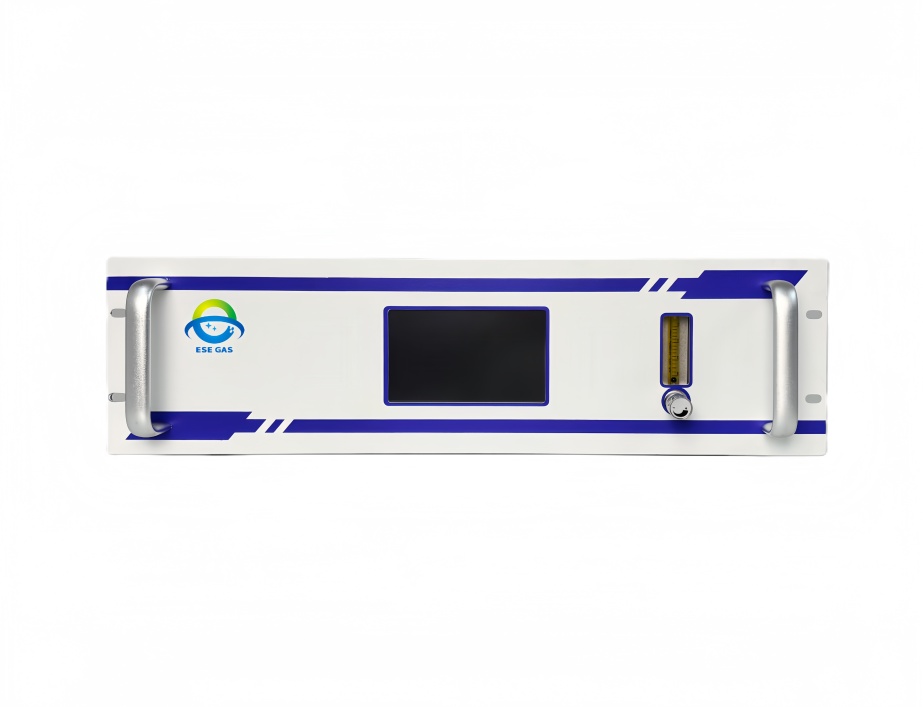
Infrared principle: The Infrared gas analyzer is based on the principle of gas absorption of infrared light to achieve gas process monitoring.
Optional gas measurement: CO, CO₂, CH4, etc
Accuracy :2%FS
Linear measurement: High
Response time: T90 <10S
Service life: long
Maintenance: The gas chamber is complex and cannot be maintained
Anti-interference: easy to be interfered by background gas
Stability: High
Electrochemical Analyzer
Electrochemical principle: The electrochemical oxygen analyzer uses the gas in the galvanic cell to produce a current to realize the measurement of oxidation and reduction reaction.
Measuring gas: O₂
Accuracy :3%FS
Linear measurement: General
Response time: T90 <30S
Service life: consumable detection, short service life
Maintenance: Preprocessing is required and regular maintenance is needed
Anti-interference: easy to be eroded by solvents and corrosive gases
Stability: Average
Fourier Transform Infrared Spectrometer (FTIR)
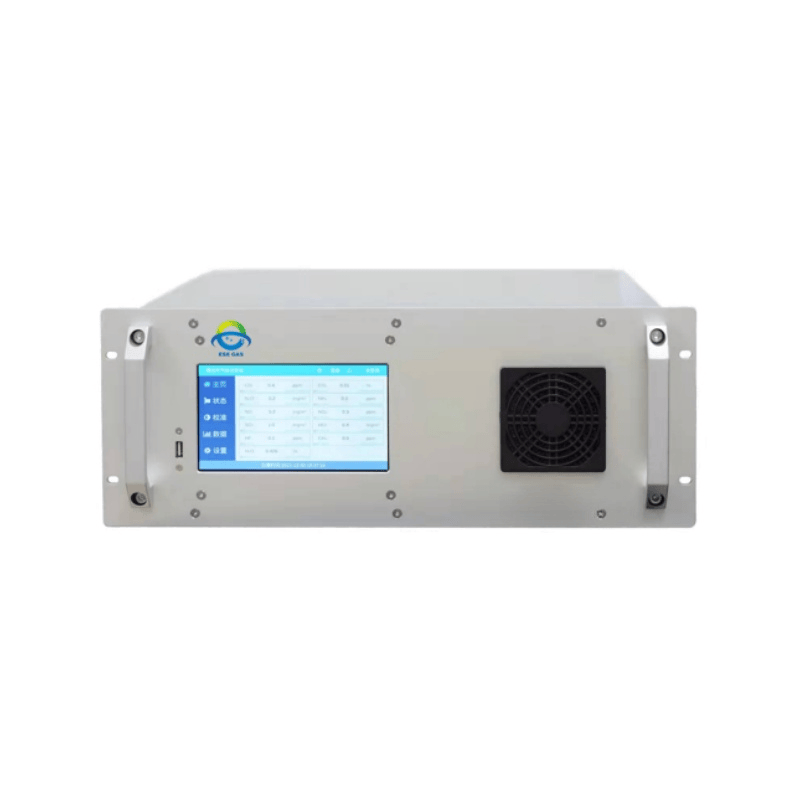
FTIR principle: A broadband infrared beam passes through the sample gas, where an interferometer and Fourier inversion process generate multi-component absorption spectra for quantitative analysis.
Optional gases to measure: HCl, HF, SO₂, NO, NO₂, N₂O, NH₃, CO, CO₂, CH₄, VOCs, etc. (multiple components simultaneously)
Accuracy: 1–2%FS (component-dependent)
Linear measurement: High
Response time: T90 <10s (depending on optical path and average number of attempts)
Service life: long
Maintenance: Moderate, including optical cavity and interferometer maintenance, along with periodic background/zero-point measurements
Anti-interference capability: High (Spectral deconvolution with water vapor/CO₂ compensation)
Stability: High
UV analyzer
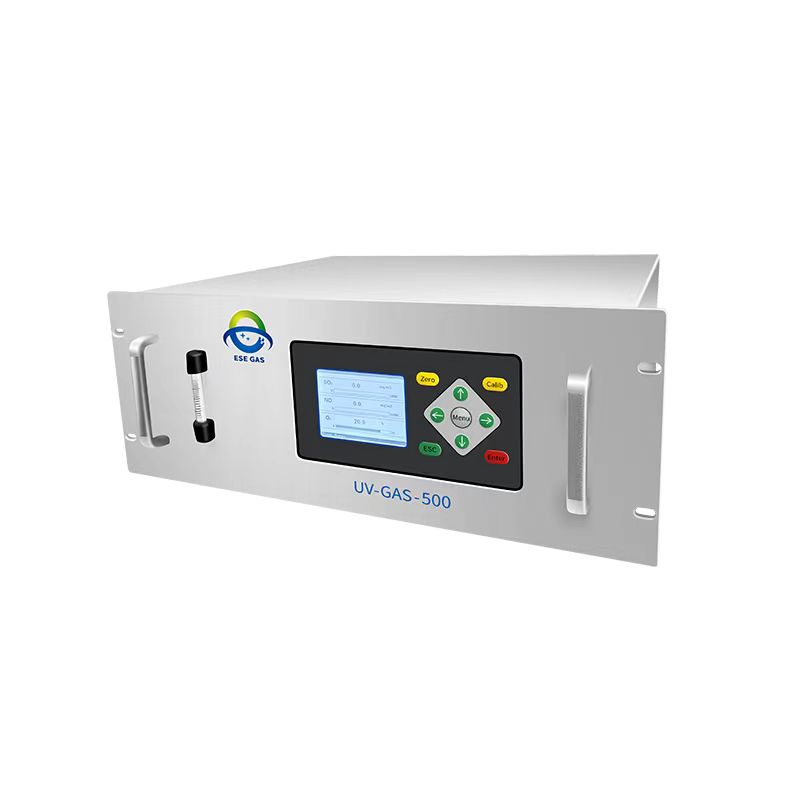
UV principle: Utilizing UV-DOAS/NDUV technology, it quantifies target gases by their characteristic UV absorption. The system can directly measure NO and NO₂ separately and synthesize NOx.
Optional gases for measurement: SO₂, NO, NO₂, H₂S, O₃, Cl₂, HCl, NH₃ (depending on the model and range)
Accuracy: 1–2%FS (typical)
Linear measurement: High
Response time: T90 <2s (typical)
Service life: Long service life (light source/detector can be replaced)
Maintenance: ≤2 times/year, clean optical windows, replace UV lamp as needed
Anti-interference: Strong (spectral line fitting and background subtraction)
Stability: High.
Zirconia oxygen analyzer
Zirconia principle: The solid electrolyte ZrO₂ generates an electromotive force (EMF) proportional to the oxygen partial pressure (as per the Nernst equation) at elevated temperatures, enabling O₂ measurement.
Measuring gas: O₂ (suitable for high-temperature scenarios such as furnace/combustion flue gas)
Accuracy: 1–2%FS (depending on range)
Linear measurement: High
Response time: T90 <2–5s (typical)
Service life: long (probe is maintainable/replaceable)
Maintenance: Moderate, with regular dust cleaning and calibration
Anti-interference: Strong (not sensitive to water vapor/CO₂)
Stability: High.
| order number | Analyzer type | measuring principle | Measurable/Optional gas | accuracy | Measure line | Response time (T90) | life length | maintenance | interference immunity | stability |
| 01 | TDLAS (Time-Domain Laser Analysis System) | Tunable semiconductor laser absorption spectroscopy | O₂, CO, CO₂, CH₄, HF, HCl, H₂S, NH₃, C₂H₂, and others | 2%FS / 1%FS | tall | <1 s | long life | ≤2 times/year; clean optical window | stubborn | tall |
| 02 | Infrared Analyzer (NDIR) | Gas selective absorption of infrared light | CO, CO₂, CH₄, etc. | 2%FS | tall | <10 s | long life | The gas chamber is complex and difficult to maintain | Susceptible to background gas interference | tall |
| 03 | Electrochemical oxygen analyzer | Primary cell redox current method | O₂ | 3%FS | same as | <30 s | Consumable, short life | Pre-treatment is required and regular maintenance is needed | Susceptible to solvents/corrosive gases | same as |
| 04 | UV analyzer (UV-DOAS/NDUV) | UV differential absorption/narrowband UV absorption | SO₂, NO, NO₂, H₂S, NH₃, O₃, Cl₂, HCl, and others | 1–2%FS (typical) | tall | <2 s | Long lifespan (light source/detector replaceable) | ≤2 times/year; clean optical windows; replace UV lamps as needed | Strong (line fitting and background subtraction) | tall |
| 05 | FTIR analyser | Broadband IR+ interferometer+ Fourier inversion | HCl, HF, SO₂, NO, NO₂, N₂O, NH₃, CO, CO₂, CH₄, VOCs, etc. (multiple components simultaneously) | 1–2%FS (by component) | tall | <10s (correlated with optical path/average number of times) | long | Medium; periodic background/zero point, clean optical cavity | Strong (algorithm compensates for water vapor/CO₂ crossover) | tall |
| 06 | Zirconia oxygen analyzer | Nernst potential of ZrO₂ solid electrolyte at high temperatures | O₂ (Preferred for furnace/combustion flue gas) | 1–2%FS (volume range) | tall | <2–5 s | Long (probe is maintainable/replaceable) | Medium; regular cleaning and calibration | Strong (not affected by water vapor/CO₂) | tall |
| 07 | Thermal Conductivity Detector (TCD) | The difference in gas thermal conductivity causes the resistance of the element to change | H₂, He, CO₂, CH₄, N₂, O₂, etc. (requires a reference gas; typically combined with IR/EC) | 2–3%FS (typical) | Medium to High | <5 s | Long | Low to medium; maintain clean air path and zero/quantity range calibration | General (sensitive to changes in reference gas) | Medium to High |
In addition to confirming the above parameters and operating conditions, we need to provide more detailed operating conditions according to different process application points and the requirements of detection instrument accuracy. For details, please consult our customer service or our staff. ESEGAS is dedicated to serving you.




